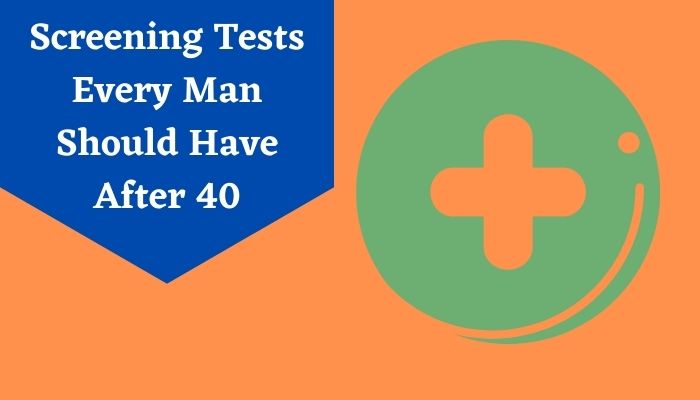NIPT stands for non-invasive prenatal testing. With this test, mothers like Damini, with assistance from their gynecologists, can determine whether their fetus will be born with genetic abnormalities. Damini visited her gynecologist who informed her that through the test, fragments of DNA in her blood are analyzed.
Most of the DNA is usually found within a cell’s nucleus. However, this is not the case with these DNA fragments. They are usually free-floating outside the cell. Hence, it is called cell-free DNA. Damini decided to do some technical research and dive deeper to learn more.
She learnt that these cell-free DNA fragments contain less than 200 DNA building blocks. These blocks arise when the cells die and break off, thus, releasing DNA into the bloodstream.
Damini’s gynecologist educated her about the fact that her bloodstream, just like every mother’s, contains a mix of cell-free DNA which comes from her cells in the placenta.
You might be wondering what a placenta is. A placenta is a tissue within the uterus that links the fetus to the mother’s blood supply. Cells from here regularly shed and enter the blood supply for the entire duration of the pregnancy. The DNA present in the placenta as well as the fetus are identical.
Purpose Of NIPT Testing
Non-invasive prenatal testing with the cell-free DNA is useful for detecting any chromosomal abnormalities without harming the fetus in any way.Chromosomal disorders can be caused by extra or even missing links (aneuploidy) of chromosomes. Gynecologists recommend mothers like Damini to opt for NIPT testing to check for the following:
- Down syndrome (trisomy 21 which is caused by an extra chromosome).
- Edwards syndrome (caused by an extra chromosome 18).
- Extra or missing copies of the X and Y chromosomes.
Results Interpretation of NIPT Testing
Since it is merely a screening test, the results are never completely accurate when it comes to identifying the genetic abnormalities. All the test does is give an estimate if the risk for getting the issues have increased or decreased.Sometimes, NIPT might indicate a risk for genetic abnormalities, when in reality, the fetus is actually unaffected and vice versa. Since NIPT analyzes both maternal and fetal cell-free DNA, it might even pick up on certain genetic conditions in the mother.
However, Damini also learnt that if the test is to work properly,
- There needs to be sufficient cell-free DNA in her bloodstream.
- The fetal fraction is the percentage of cell-free DNA in the mother’s blood that originates from the placenta.
- The fetal fraction must be greater than 4% in most cases, which happens around the ninth week of pregnancy.
- Low fetal fractions might make the test impossible to complete or result in a false negative.
- Testing too early in the pregnancy, sample mistakes, maternal obesity, and foetal abnormalities are all reasons for low fetal fractions.
How Does NIPT Testing Analyze Toll-Free DNA?
Damini’s gynecologist let her know that there are various ways a non-invasive prenatal test can analyze the cell-free DNA of the fetus. If it is about determining the chromosomal aneuploidy, then the most common method for this is to count all the cell-free DNA fragments in the fetus as well as the mother.In the scenario that the percentage of the cell-free DNA fragments is as expected from each chromosome, then there is a decreased risk of the fetus developing any chromosomal abnormalities. In other words, a negative test result.
However, if the percentage from each chromosome is higher than it should be, the test result would be positive since the fetus would have a higher risk of developing abnormalities. Damini was also informed by her doctor that if the test results were positive, she would have to undergo further diagnostic tests to confirm the likelihood of the fetus developing any trisomy.
Hope this helped you learn everything there is to know about NIPT Testing before you go in for your next gynaecologist appointment.


